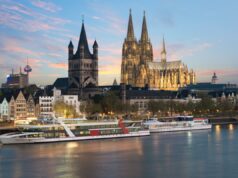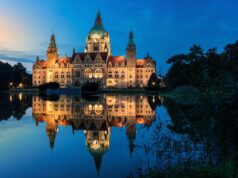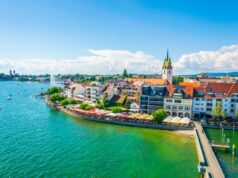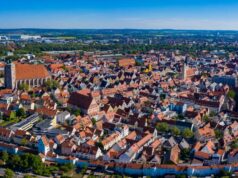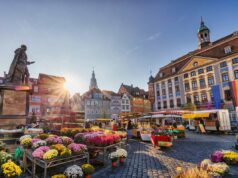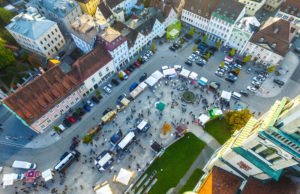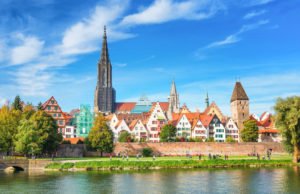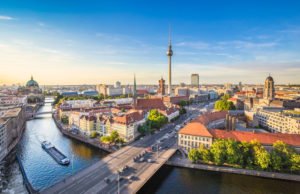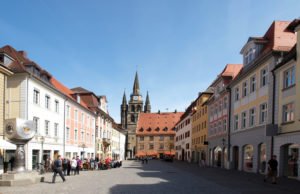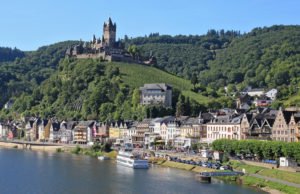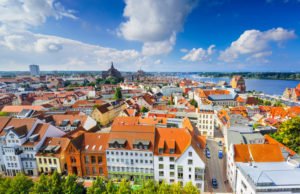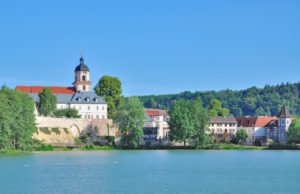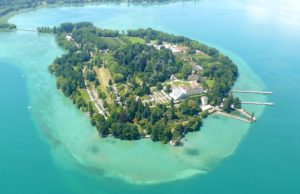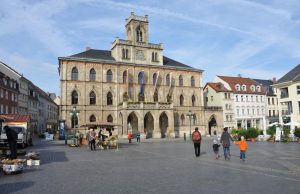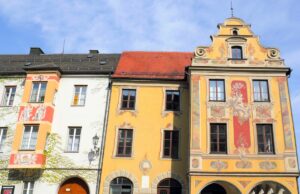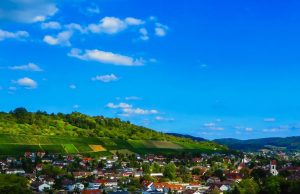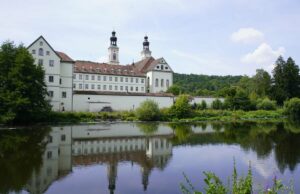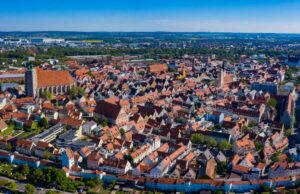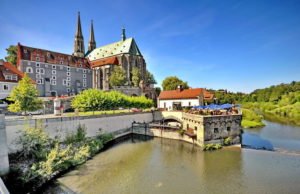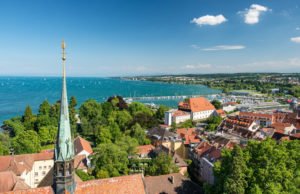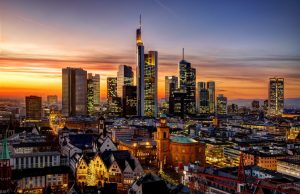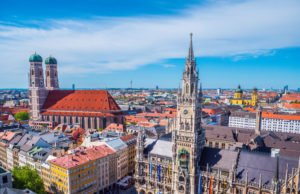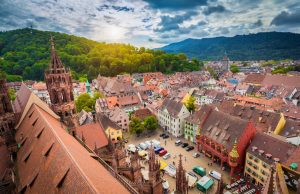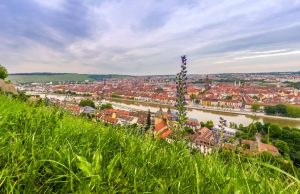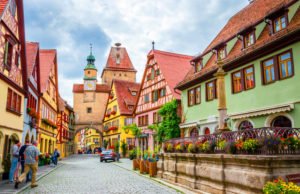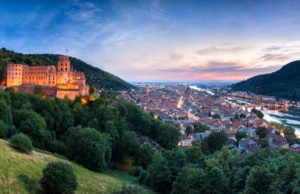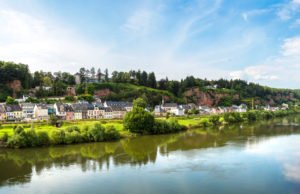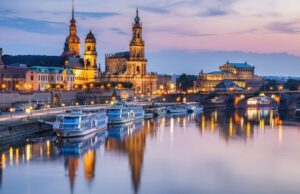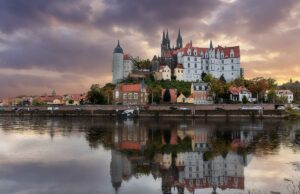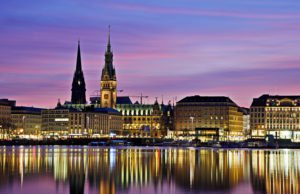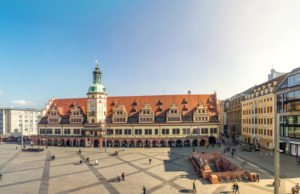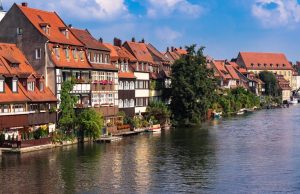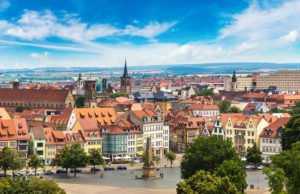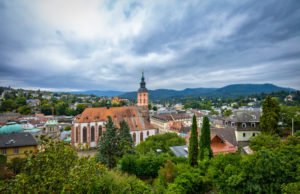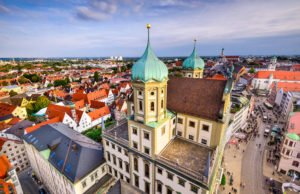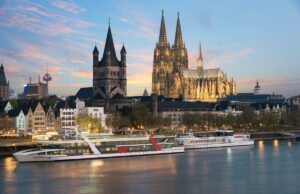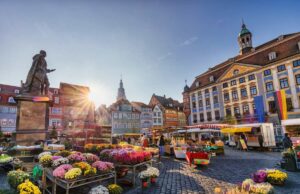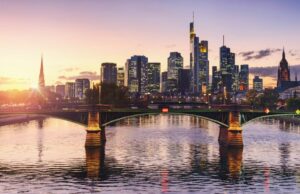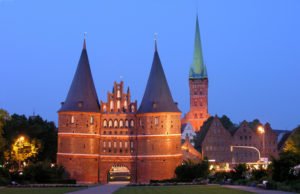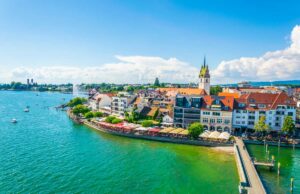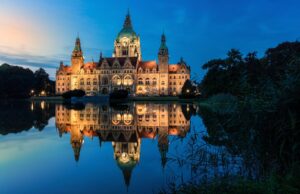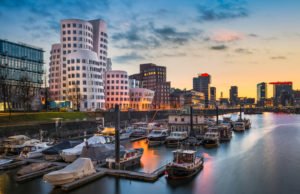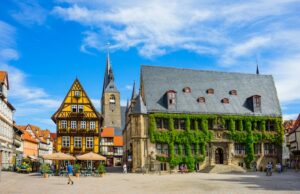A Quick Overview
Saxony is located in Eastern Germany and shares borders with the states of Thuringia, Saxony-Anhalt, and Brandenburg, as well as the country of the Czech Republic.
The state capital is Dresden, which is located in the southeastern part of the state. Find out more about Dresden here…
Some popular tourist attractions in Saxony include the Saxon Switzerland National Park, the Zwinger Palace in Dresden and the Leipzig Zoo. Find more popular tourist attractions here…
Located in the east of Germany, Saxony is a state with a rich history and diverse culture. It is home to a number of important cities, including the capital, Dresden, which is known for its Baroque architecture and stunning art collections. Other notable cities include Leipzig, known for its music and literature, and Chemnitz, known for its museums and cultural attractions.
This article will examine Saxony’s history, Saxony’s cities, with a particular focus on Dresden, and provide general information about this beautiful state in Germany.
General Information on Saxony

Saxony is a state located in Eastern Germany, with a land area of 18,416 square kilometers (7,109 square miles). The state is the tenth-largest in Germany and is home to over four million people, making it one of the more densely populated regions in the country.
The state capital of Saxony is Dresden, which is also one of the largest cities in the region, with a population of over half a million people. Other important cities in Saxony include Leipzig, Chemnitz, and Zwickau.
Additional Information: The city of Chemnitz, located in western Saxony, was named the European Capital of Culture in 2025. This prestigious title is awarded to cities that demonstrate excellence in cultural programming and events.
Saxony is also known for its beautiful landscapes and natural wonders. The Ore Mountains, located in the southern part of the state, offer stunning vistas and are a popular destination for hiking and skiing. The Elbe River runs through Saxony, providing plenty of opportunities for water-based activities like kayaking and boat tours.
The economy of Saxony is diverse, with several important industries playing a key role in the region’s growth and prosperity. The automotive industry, in particular, is an important sector in Saxony, with several major car manufacturers and suppliers located in the region.
Map of Saxony

The map of Saxony in Germany is a useful tool for anyone planning to explore this fascinating region. The map shows the location and boundaries of Saxony, as well as Saxony’s cities and towns.
Saxony’s cities are some of the most culturally and historically significant in Germany, each with its own unique character and charm.
Additional Information: The region of Saxony is also known for its traditional crafts, such as pottery, woodworking, and lace-making. These crafts have a long history in the region and are still practiced by artisans today.
Depending on the type of map, or travel guide with map, you buy, you can find a lot of useful, additional information on the map. The map of Saxony in Germany usually shows the diverse landscapes and natural wonders of the region.
Generally speaking, a map of Saxony in Germany is advisable because it provides a visual representation of the region’s cities, landmarks, and natural features. It can be helpful for tourists and travelers to have a map to navigate through the region and locate important destinations.
A map can also help visitors plan their itinerary and ensure they make the most of their time in Saxony. Lastly, a map can be a useful reference tool for locals who want to explore new areas or learn more about the region’s geography.
Saxony’s History

Saxony’s history dates back to the 6th century AD when Germanic tribes first settled in this region. It became a duchy in the 10th century. Over the centuries, Saxony grew in power and influence, becoming one of the most important states in Germany.
In the 16th century, Saxony was ruled by the powerful Wettin family, who were responsible for much of the region’s cultural and economic growth. Under the leadership of Elector Augustus the Strong, Saxony became a major center for the arts and sciences, with the city of Dresden serving as the cultural and economic hub of the region.
During the 18th century, Saxony experienced a period of significant growth and prosperity, with several important landmarks and buildings constructed during this time. The Zwinger Palace, Frauenkirche, and Pillnitz Palace are just a few examples of the stunning baroque architecture that was developed during this time.

Additional Information: The Leipzig Book Fair, one of the largest and most important book fairs in Germany, takes place every year in Leipzig and attracts thousands of visitors from around the world. For lovers of literature, this fair is of great importance and interest.
However, Saxony’s fortunes took a turn for the worse during the 20th century. During World War II, the region was heavily bombed by Allied forces, causing significant damage to many of its cities, including Dresden. After the war, the region was divided between East and West Germany, with Dresden becoming part of the communist German Democratic Republic (GDR).
Following the reunification of Germany in 1990, Saxony underwent a period of significant economic and cultural growth. Today, it is one of the most prosperous and dynamic states in the country, with a thriving tourism industry and a rich cultural heritage.
Dresden – The beautiful capital of Saxony

Dresden is the capital city of the state of Saxony in Germany, located in the eastern part of the country. With a population of over half a million people, it is one of the largest cities in the region and a popular destination for tourists from all over the world. Dresden is known for its stunning baroque architecture, rich cultural heritage, and beautiful landscapes, making it a must-visit destination for anyone traveling to Saxony.
Here are some of the most popular sights and attractions in Dresden:
- Zwinger Palace – This stunning baroque building was originally built in the 18th century and is now home to several museums and galleries. Visitors can explore the Old Masters Picture Gallery, which houses some of the most important paintings from the Renaissance and Baroque periods, as well as the Porcelain Collection and the Royal Cabinet of Mathematical and Physical Instruments.
- Frauenkirche – This iconic church is one of the most recognizable landmarks in Dresden, with its distinctive dome and stunning baroque architecture. The church was destroyed during World War II but was later rebuilt using the original plans and materials, making it an important symbol of resilience and reconstruction.
Additional Information: Dresden’s historic center, known as the Altstadt, is a UNESCO World Heritage Site and contains several important landmarks and cultural institutions. The city is also home to several important festivals and events throughout the year, including the Dresden Music Festival, the Filmfest Dresden, and the Dixieland Festival.
- Semperoper – This historic opera house is one of the most important cultural institutions in Germany, with a rich history dating back to the 19th century. Visitors can attend operas, ballets, and concerts throughout the year, as well as take a guided tour of the building.
- Dresden Castle – This impressive complex of buildings dates back to the 16th century and was once the residence of the Electors and Kings of Saxony. Today, it is home to several museums, including the Green Vault, which houses one of the largest collections of treasures in Europe.
- Brühl’s Terrace – Known as the “Balcony of Europe,” this beautiful promenade offers stunning views of the Elbe River and the city skyline. Visitors can stroll along the terrace, enjoy a drink at one of the cafes, and take in the beautiful scenery.
Overall, Dresden is a beautiful and culturally rich city that offers something for everyone. From stunning architecture to world-class museums and galleries, there is no shortage of sights and attractions to explore. Whether you’re interested in history, art, or simply enjoying the beauty of the city, Dresden is a must-visit destination for anyone traveling to Saxony.
Tourist Attractions in Saxony

While Dresden is the most well-known city in the region, there are many other important and popular tourist attractions located throughout Saxony. Here are the top 5 most important and popular tourist attractions in Saxony, excluding those located in Dresden:
- Leipzig: Leipzig is the largest city in Saxony after Dresden and is known for its rich musical heritage. The city was home to famous composers such as Bach, Mendelssohn, and Schumann, and today it is home to several important music venues and institutions, including the Gewandhaus Orchestra and the Leipzig Opera House. Other popular tourist attractions in Leipzig include the St. Thomas Church, the Museum of Fine Arts, and the Leipzig Zoo.
- Colditz Castle: Colditz Castle is a stunning medieval castle located in the town of Colditz, about an hour’s drive from Leipzig. During World War II, the castle was used as a prisoner of war camp for Allied officers, and it is now a museum that offers tours of the prison cells, tunnels, and other historical sites.
- Bastei Bridge: The Bastei Bridge is a stunning sandstone bridge located in the Saxon Switzerland National Park, about 30 minutes from Dresden. The bridge offers breathtaking views of the surrounding countryside and is a popular destination for hikers and outdoor enthusiasts.
- Moritzburg Castle: Moritzburg Castle is a stunning baroque castle located in the town of Moritzburg, about 20 minutes from Dresden. The castle is known for its ornate architecture, beautiful gardens, and impressive collection of artwork and historical artifacts.
- Augustusburg Castle: Augustusburg Castle is a stunning Renaissance castle located in the town of Augustusburg, about 30 minutes from Chemnitz. The castle is known for its impressive collection of artwork and historical artifacts, as well as its stunning architecture and beautiful gardens.
These are just a few of the many important and popular tourist attractions located throughout Saxony. Whether you’re interested in history, culture, or natural beauty, Saxony has something to offer for everyone.
Experience the rich culture and history
Saxony is a state with a rich history and diverse culture, offering a wide range of attractions and activities for visitors to enjoy. From its beautiful natural areas and cultural events, to its fascinating museums and historical sites, there is something for everyone to see. If you’re planning a trip to Germany, be sure to add Saxony to your list of destinations to visit.
Saxony – FAQ
The major cities in Saxony include Dresden, the capital of the state, as well as Leipzig and Chemnitz.
Some cultural events that take place in Saxony include the Dresden Music Festival and the Leipzig Book Fair.
The food in Saxony is known for its hearty, traditional dishes such as dumplings, roast pork, and sweet pastries. The region is also known for its delicious beers.






